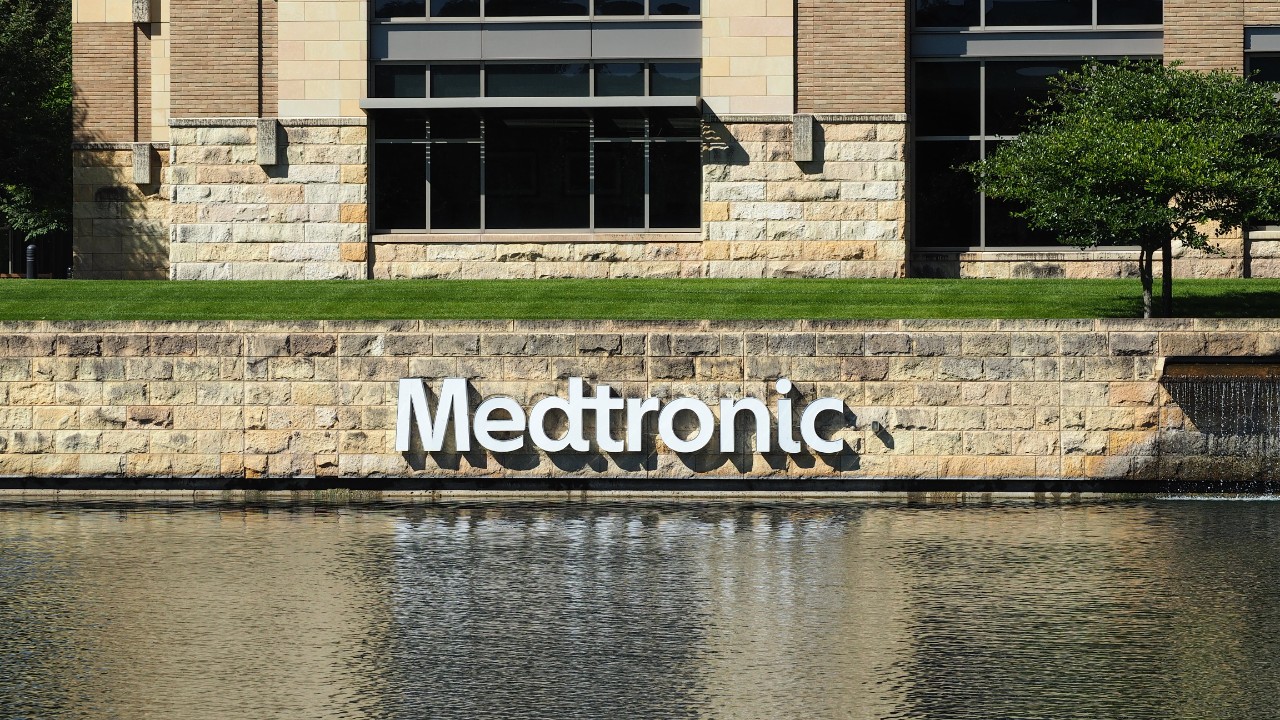Not all type 1 diabetic patients are the same, and thus the type of treatment they require shouldn’t be the same. But what if the type of insulin pump you use is no longer your decision to make?
Last week, the health insurance company, UnitedHealthcare announced that the Medtronic MiniMed 670G insulin pumps are their preferred brand to prescribe to children aged 7 and up. This means that new prescriptions of non-Medtronic insulin pumps might not be covered by UnitedHealthcare insurance plans.
The advocacy group, Juvenile Diabetes Research Foundation (JDRF), have called out UnitedHealthcare for denying young patients their ability to choose the right insulin pump for them.
“We don’t think an insurance company should decide what kind of insulin pump a 7-year-old gets to use,” said Cynthia Rice, senior vice president for advocacy and policy at JDRF. “We strongly oppose this new policy.”
Patient input is becoming increasingly important in treatment decisions. Factors such as disease state, prognosis and how the treatment fits into the patient’s day-to-day life are all considered in the treatment plan. For diabetic patients, it might be helpful to have a smart insulin pump that can alert family or friends if blood glucose levels become dangerously low. In other cases, a combination sensor-insulin-pump might be helpful for a patient who cannot manage frequent self-injections.
Incorporating the patient’s wishes into the treatment plan makes sense – after all, they’re the ones who will have to pay for it. While the new UnitedHealthcare policy states that coverage will not change for current non-Medtronic insulin pump, new prescriptions for non-Medtronic pumps will need to undergo a “clinical review process” before patients receive coverage.
This is not to say that Medtronic insulin pumps are no good. In trial settings, the use of second-to-newest MiniMed pump resulted in 27 percent fewer preventable hospital admissions compared to multiple daily insulin injections.
Indeed, the 2016 decision to make Medtronic MiniMed pumps the preferred pumps for adults aged 18 and over was also supported by robust clinical data. Sure enough, the companies experienced some pushback from patients and advocacy groups but eventually, patients began making the switch to Medtronic products.
It’s unclear whether out-of-warranty insulin pumps and damaged pumps will be covered by UnitedHealthcare, JDRF pointed out.
JDRF called this decision a “step backward” by the health insurance company, who serves millions of people in the US.
While there are financial gains for pharma companies and insurance companies to join forces, some feel this extinguishes the drive to innovate. That is, if everyone only gets covered by Medtronic pumps, why should competitors bother coming up with better but more expensive alternatives?
Groups like JDRF advocate for widespread coverage for lifesaving medical devices and medicines for people with diabetes, putting the patients’ needs first. If patients can’t control their body’s production of insulin, they should at least have control of the insulin pump they use.












Join or login to leave a comment
JOIN LOGIN